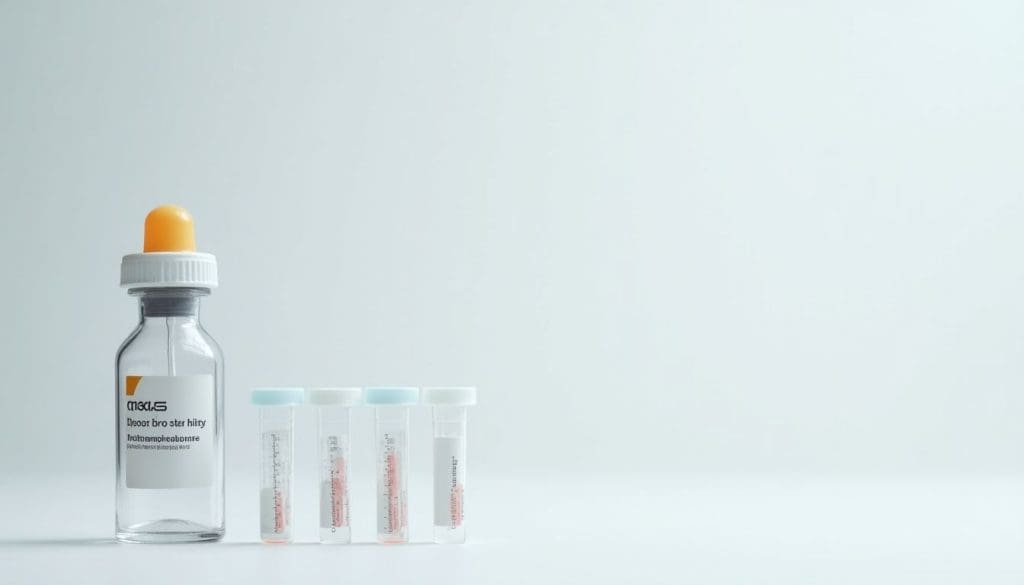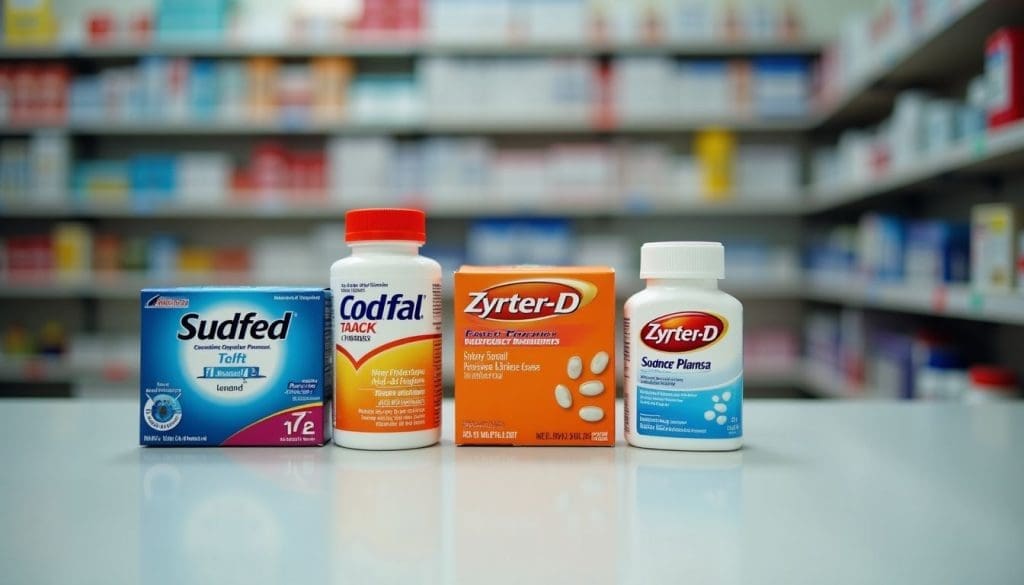Drug tests are widely used to check for illegal substances, but false positives can sometimes happen. These occur when the test detects a substance that mimics the chemical structure of illegal drugs, leading to incorrect results. If you’ve ever wondered, “What can make you test positive for methamphetamines?” or “What medications test positive for methamphetamines?” — this guide has the answers you need, with a specific focus on Australian contexts.
False positives occur because many drug tests, especially initial screenings like immunoassays, are designed to detect drug classes rather than specific substances. These tests can’t always differentiate between similar compounds, which is why confirmatory testing, such as gas chromatography-mass spectrometry (GC-MS), is crucial to verify results.

In Australia, drug testing is regulated by the Australian Standard AS/NZS 4308:2008, which sets guidelines for drug testing in urine samples. This standard is widely used in workplaces, particularly in industries such as mining, construction, and transportation, as well as in pre-employment screening and law enforcement roadside drug testing.
Several prescription and over-the-counter medications can lead to false positives for amphetamines or methamphetamines. Below are the most common examples:
Other medications, including designer drugs and stimulants like cathinones, can also trigger a positive result. These medications may metabolize into compounds that resemble amphetamines or methamphetamines, which can lead to detection in drug tests.

While there are no specific foods identified as causing false positives for methamphetamines, it’s helpful to understand how other substances can interfere with drug tests:
Passive drug exposure or contamination can also lead to false positives. For example, secondhand smoke from methamphetamines or handling drug-laced objects might result in detection during a test.
If you’re undergoing a drug test, here are some steps to reduce the risk of misinterpretation:
Australian police frequently conduct Mobile Drug Testing (MDT) on drivers to detect substances such as methamphetamines. If a false positive occurs during roadside testing, you can request further testing at a medical facility to confirm the result. It is crucial to disclose any medications you are taking to avoid legal complications.
If you receive a positive drug test result, here’s what you should do:

Below is a table of medications that are known to potentially cause false positives for amphetamines or methamphetamines:
| Medication/Brand Name | Potential False Positive | Notes |
|---|---|---|
| Pseudoephedrine | Amphetamines, Methamphetamines | Found in many cold and allergy medications (e.g., Sudafed, Codral). |
| Ephedrine | Amphetamines, Methamphetamines | Found in asthma medications and decongestants. |
| Phentermine | Amphetamines, Methamphetamines | Common weight loss medication. |
| Dexamphetamine | Amphetamines | Prescribed for ADHD and narcolepsy. |
| Bupropion (Wellbutrin, Zyban) | Amphetamines, Methamphetamines | Used for depression and smoking cessation. |
| Selegiline (Eldepryl) | Amphetamines, Methamphetamines | Used to treat Parkinson’s disease. |
| Trazodone | Amphetamines | Antidepressant. |
| Quetiapine (Seroquel) | Amphetamines | Antipsychotic medication. |
| Phenylephrine | Amphetamines | Found in decongestants and cold medications like Dimetapp. |
| Amfepramone | Amphetamines, Methamphetamines | Appetite suppressant. |
| Clobenzorex | Amphetamines, Methamphetamines | Weight loss drug, metabolized to amphetamines. |
| Mefenorex | Amphetamines, Methamphetamines | Weight loss drug, metabolized to amphetamines. |
| Methoxyphenamine | Amphetamines | Sympathomimetic amine. |
| Mephentermine | Amphetamines | Cardiac stimulant. |
| Phenmetrazine | Amphetamines | Previously used as an appetite suppressant. |
| Phendimetrazine | Amphetamines | Weight loss medication. |
| Pholedrine | Amphetamines | Sympathomimetic drug. |
| Propylephedrine | Amphetamines | Found in nasal decongestants. |
| Ranitidine (Zantac) | Amphetamines, Methamphetamines | Acid reflux medication. |
| Vicks Inhaler | Methamphetamines | Contains l-methamphetamine. |
| Zyrtec-D | Amphetamines | Contains pseudoephedrine. |
| Famprofazone | Amphetamines, Methamphetamines | Anti-inflammatory and analgesic medication. |
| Fluoxetine (Prozac) | Amphetamines | Antidepressant. |
By understanding which medications and factors can lead to false positives, you’ll be better prepared to navigate the complexities of drug testing in Australia. Always disclose your medications and request additional testing if needed to ensure accurate results.
Brisbane: Corner of Calam and Compton Rd, Sunnybank Hills QLD 4109
Melbourne: Ground Floor, 470 St Kilda Rd Melbourne Vic 3004
Sydney: 1 Barratt Street, Hurstville, NSW. 2220